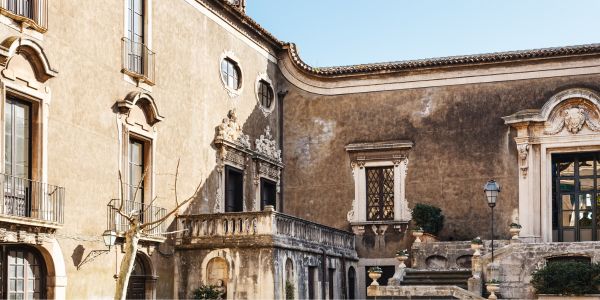Not so long ago, my wife Louise and I were passengers on a Caribbean cruise that made a brief visit to Martinique on Good Friday. We witnessed an enthusiastic congregation at prayer, pilgrims climbing their own island’s via dolorosa up a hill to a large cross mounted on its summit, prayer beads in their hands, many accompanied by very young children, but we were left mystified by a headless female statue in La Savane Park in the capital, Fort-de-France.
This unnamed statue was that of Emperor Napoleon’s first wife Josephine, ( 1763-1814), who was born on Martinique. It was erected in her memory in 1859, but was decapitated by ‘anti-racism’ protesters in 1991. You can no longer see what remained of her, as the statue was torn down decades later, in 2020, by activists enraged by police mistreatment of American George Floyd, who died in Minneapolis at the hands of a policeman now imprisoned for this crime.
There is, however, at least one other headless statue still on public display, and we saw this one, also unidentified, this past April in what is now a traffic island in Catania, Sicily, while we waited for the bus to take us back to our hotel. This “Palazzo Biscari,” is now subdivided into offices and a sushi restaurant and is next to a gas station, but the little park is well-maintained and accommodates two comfortable benches, but the statue is a mystery. Some sleuthing revealed that it commemorates King Ferdinand of Bourbon, who lived from 1751 to 1825 and reigned as both King of Naples, where he was born, and as King of the Two Sicilies, in an era of confused and confusing politics during Napoleon’s megalomaniac domination of Europe, and before the unification of Italy took place. Ferdinand was deposed twice, and was notorious as an idler and a hedonist. His statue was erected in 1853, but was decapitated in 1860 by forces loyal to Giuseppe Garibaldi (1807-1882), the revolutionary who spearheaded the ‘Risorgimento’ which resulted in the eventual establishment of Italy as a unitary state in 1861, replacing the patchwork of principalities and divided loyalties of her disorganized past.
King Ferdinand now stands headless on his plinth, enduring the slings and arrows of outrageous misfortune and anti-monarchical distaste in an age when even democratic government has fallen into disrepute, and the teaching of history has languished in schools. Poor Ferdinand. Undoubtedly few sushi diners know or care about him today, not even in his own native land…
The other day Louise and I went to Ottawa’s Beechwood Cemetery, the repository of much Canadian history. I went into the Office at its entrance, keen to know where Tommy Douglas is buried. The girl behind the counter, one of three, said, “Who is he?” Her colleagues could not help. I told her that her knowledge of Canadian history was inadequate, and that it was largely due to his efforts that we have a publicly-funded national health system. She was abashed. Yet as I walked a dozen steps from the exit, I saw a sign indicating where Mr. Douglas now lies. A stone’s throw from the very door this employee entered, presumably every day, and under a gazebo with a distant view of the Parliament where he spent some years as a Member, is the plaque commemorating Mr. Douglas himself. My rebuke was evidently too mild.

Palazzo Biscari




